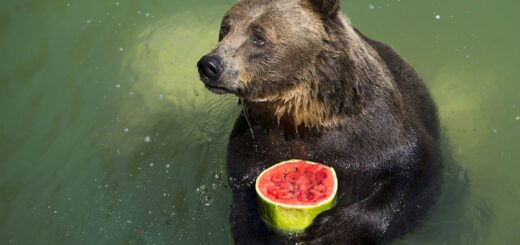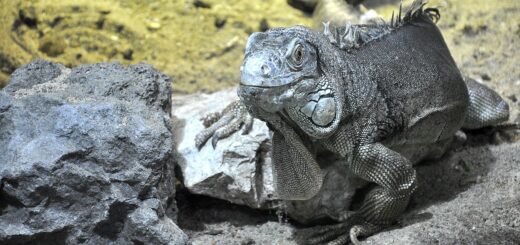The macronutrient composition of Japanese macaque (Macaca fuscata) milk
Citation
Power ML and Shinnerl HE. 2023. The macronutrient composition of Japanese macaque (Macaca fuscata) milk. Proceedings of the Fifteenth Conference on Zoo and Wildlife Nutrition, Zoo and Wildlife Nutrition Foundation and AZA Nutrition Advisory Group, Hybrid.
Abstract
Milk composition is fundamental to mammalian reproduction. Differences between species may reflect phylogeny, dietary ecology, infant growth patterns, and within species maternal body condition. As a practical issue, milk replacers for orphaned, abandoned, or neonates pulled for medical reasons should match as best as possible the macronutrient composition of mother’s milk. To assess the macronutrient content of Japanese macaque (Macaca fuscata) milk samples were collected from 12 females housed at the Oregon National Primate Research Center (ONPRC). Infant age and sex, dam weight, and dam body condition score were recorded. The project was approved by the ONPRC IACUC. All nutrient assays (dry matter (DM), fat, total sugar, and crude protein (CP)) were conducted at the Smithsonian’s National Zoo and Conservation Biology Institute (NZCBI) Nutrition Laboratory using standard methods developed on location. Milk gross energy (GE) was calculated for each milk sample as the sum of the energy from protein, fat, and sugar using the following energy values: 5.86 kcal/g for protein, 9.11 kcal/g for fat, and 3.95 kcal/g for sugar. Mean values for the milk samples (±SEM) were DM = 13.7±1.3%, fat = 5.95±0.83%, sugar = 7.03±0.17%, CP = 2.31±0.19%, and GE = 0.955±0.078 kcal/g. There was significant variation between females; for example, milk fat ranged from 1.65% to 11.99% and milk GE ranged from 0.546 kcal/g to 1.545 kcal/g. Heavier dams had higher body condition scores and produced milks with higher GE, on average. Sex of infant did not influence milk composition. The percentage of GE from fat and sugar depended on GE, with higher GE samples having a greater proportion of energy from fat and less from sugar. The energy from CP did not vary significantly with milk GE, with a mean of 14.75% of GE from protein. These values for milk macronutrients are similar to values from milks of other macaques and baboons assayed by the same methods at the Nutrition Laboratory but differ from ape and human milk. Commercial human infant formulas would be lower in energy and protein than macaque milk and would not be appropriate for macaque neonates.
 23_Power.pdf 12 KB
23_Power.pdf 12 KB








